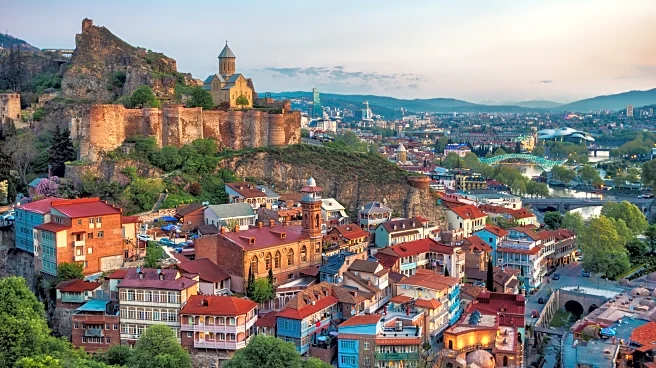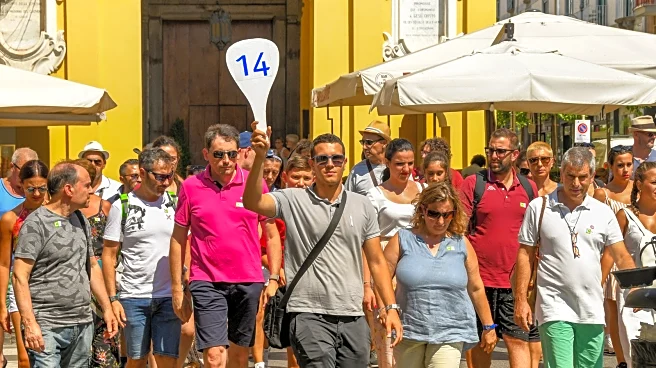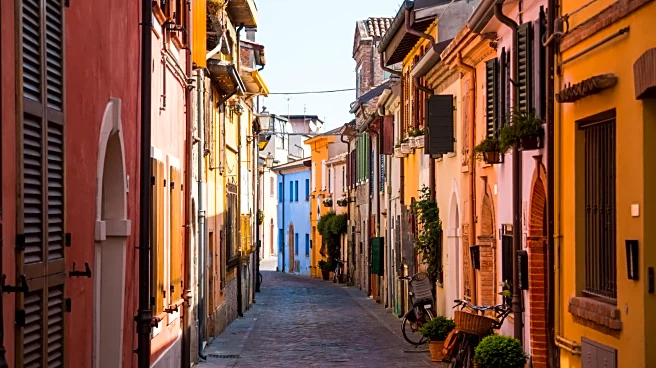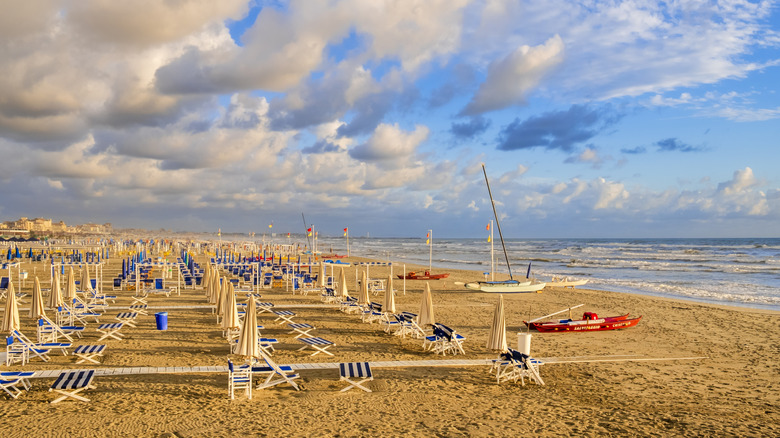
During the summer months, many of Italy's famous destinations become almost unbearably crowded. Wait times for the Colosseum extend up to three hours at its busiest, and Venice has gotten so packed with tourists during high season that starting in 2024, it implemented a tourist tax for those entering the city during peak seasons. On top of that, Europe's summer is getting hotter, and that can make crowded cities all the more unbearable. Typically, Italian residents head to the seaside to get some
respite from the heat and the tourists. But beloved Italian beaches are seeing less traffic in 2025 — 15% to 25% less in June and July compared to 2024, The Guardian reported.
In Italy, going to the beach doesn't simply mean you show up and claim a sandy spot wherever you like. About half of Italy's coastline is privately owned by beach clubs and resorts, with more popular seaside destinations being 70% or more privately owned, according to Italian Insider. The free beaches that remain are often more polluted, cramped, or less pristine than the beach club plots.
To enjoy the beach club, you have to pay for a lounger and umbrella to claim a spot, and that price has been steadily going up. According to consumer group Altroconsumo, the average cost of renting an umbrella and two loungers for a week increased from €182 (about $211) in 2021 to €212 ($246) in 2025, a 17% jump. Meanwhile, the cost of living is going up, too. For many of the usual beach-goers, paying for a spot on the shore while trying to manage the growing costs of everyday life has simply become unaffordable.
Read more: The Most Common Scams Tourists Should Know About Before Visiting Paris
The Italian Beaches Locals Want To Keep Public And Where To Find Them
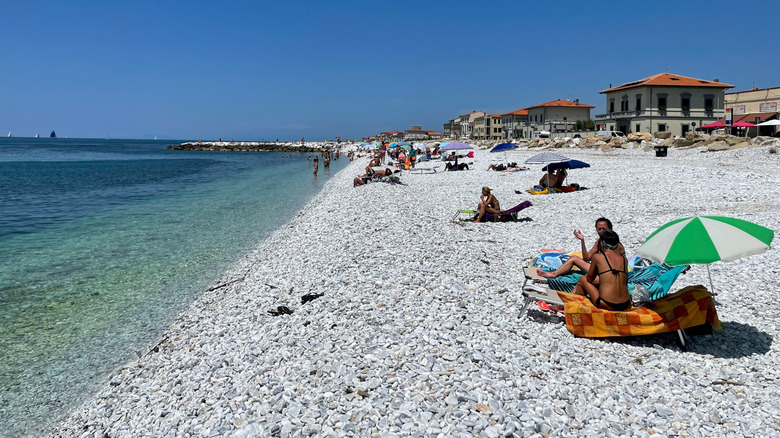
The prevalence of privately managed beaches in Italy is something that Italians have disputed for years. The activist group Mare Libero has staged numerous protests to preserve some of Italy's free shoreline. Their aim is to push for a law to make sure that cities keep half of their beaches free. Mare Libero activist Paolo Casale tells The Guardian, "There are few free beaches in or near Naples, and in the wider Campania region just 20% are free. On top of that, the sea has become a parking lot for boats."
The reality still is that most of the nicer beaches in Italy have a fee, but you can avoid certain cities where access is most expensive. According to the Altroconsumo study, the most expensive beaches surveyed were in Alassio, a town in Italy's Liguria region that's most well-known for the Cinque Terre. The average cost for a beach rental here for one week is €340 ($395). Beaches in Gallipoli and Alghero are the second- and third-most expensive. Meanwhile, the least expensive beach rentals are in Rimini, at an average of €150 ($174). The downside is that Rimini is one of the most overtouristed places in Europe. Lignano and Senigallia are also cheaper than the average beach town.
There are some free gems if you put a little effort into finding them. Look for signs that say "spiaggia libera," which means "free beach." A map created by Mare Libero shows where all the public beach access points are in Naples. Some cities, like Ravenna, also list the public beaches on their websites. Just note that these free beaches are likely to get crowded, so arrive as early as possible.
Ready to discover more hidden gems and expert travel tips? Subscribe to our free newsletter for access to the world's best-kept travel secrets.
Read the original article on Islands.



